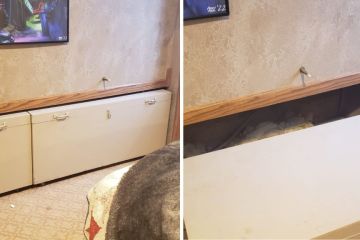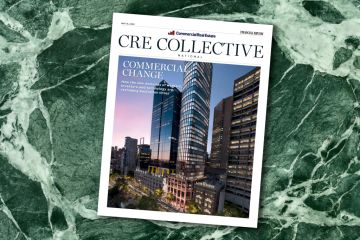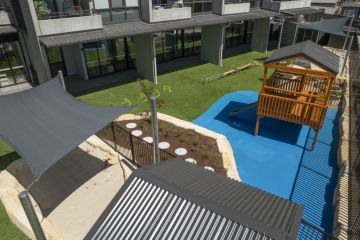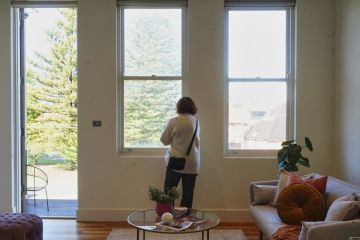Downtowns are on the up as CBD factions collaborate on new vision
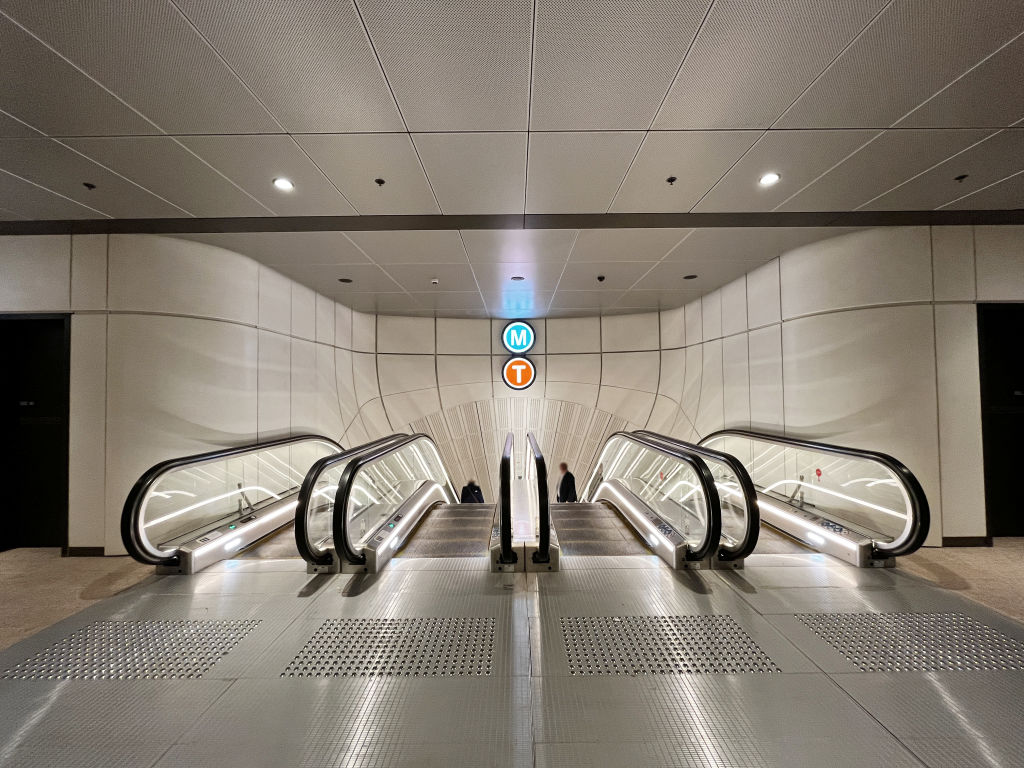
The past few years have been a roller coaster for central business districts around the world – now we’re emerging to find them reimagined.
While they’re not quite amusement parks, property owners, councils, retailers, and corporate businesses alike are collaborating to ensure CBDs are destinations that keep workers and the general public engaged.“Australia’s big cities have to accommodate new sectors and new mixes of economic use,” says Dr Tim Moonen, co-founder and managingdirector of urban intelligence firm The Businessof Cities.
“Rather than big towers with large corporates occupying most of them, we’ll see more innovation spaces for companies to collaborate with smaller businesses and universities.”London-based Moonen was in Australia when CRE Collective spoke with him, and has led benchmarking projects for several of our capital cities. He generally travels around them for two to three weeks each year.
“Australia is at the sharp end of a global trend– every city that needs to appeal to global businesses, global investment and global talent knows that its city centres have to change and are making efforts to do that.”What’s heartening after the lockdown years is that cities have the potential to be hotter property than ever. “Back in 2020-21, people were saying that there’d be a decentralisation of commercial tenants because ‘no one wants to be in a busy city’,” says Joanne Henderson, national director of research at Colliers International.
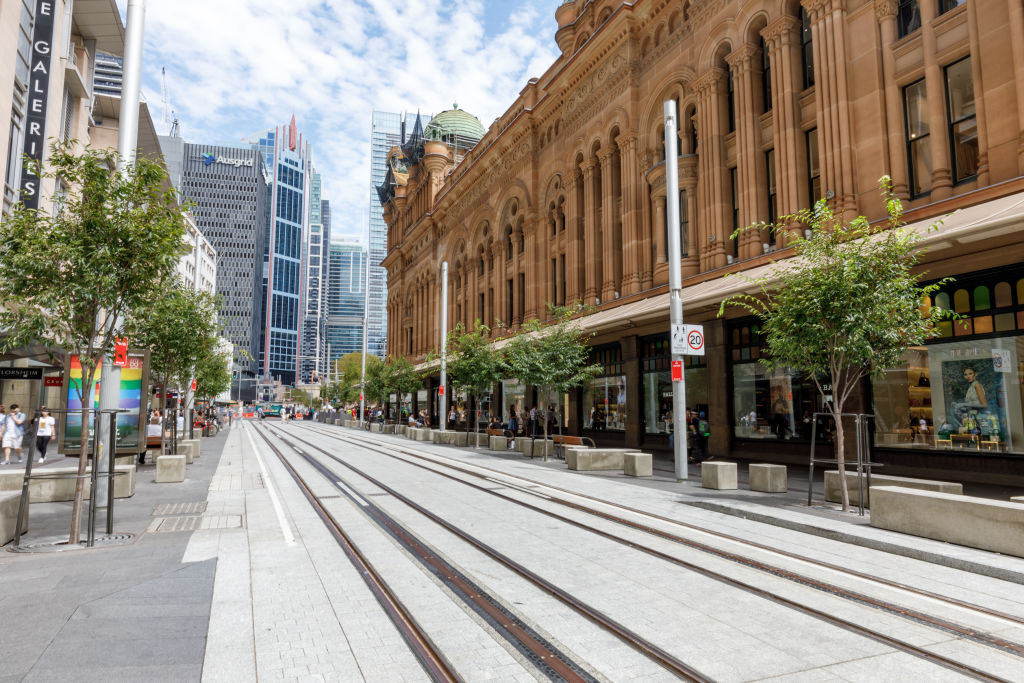
“The absolute opposite has occurred.”Henderson’s research team followed the lease trail. “Our analysis on where tenants are moving showed they’re either moving within the CBD to better-quality assets, or they’re moving into the CBD. We’re not seeing tenants move out of the CBD. There’s been a huge flight to quality as companies make it attractive for people to come back to the office. People want to come into work as a destination – and that’s coming into the CBD.”
It’s about more than premium properties. “It’s the whole experience for office workers from luxurious, resort-style leisure and wellbeing facilities within the building, to an equal emphasis on the quality and vibrancy of the spaces outside it,” says Henderson. “Location has always been important, but it’s more so now– good restaurants and lunchtime options and gyms all within a 10-minute walk.”
Moonen says that city centres have always been “more magnetic and appealing than any other place” in the wider city environs. Now they need to capitalise on that.
“The three dimensions are innovation, experience and habitat – those are the shifts that CBDs globally are recognising,” says Moonen. “It’s not easy – converting offices into new usage, getting people committed to investing in making a more experientially rich CBD and getting more sustainability built into your CBDs all takes time. It’s going to be a 10 to 20-year journey for Australian capitals, but it’s not a trend that can be resisted.”
Henderson says another interesting shift is what has moved out of Australian cities.“Consumers have generally moved away from traditional CBD retail into their closer local or regional shopping centres,” she says. She notes this localism is tied to how retail is built in Australia, with much of our population within a half-hour drive from a major shopping centre, unlike in the UK or Europe.
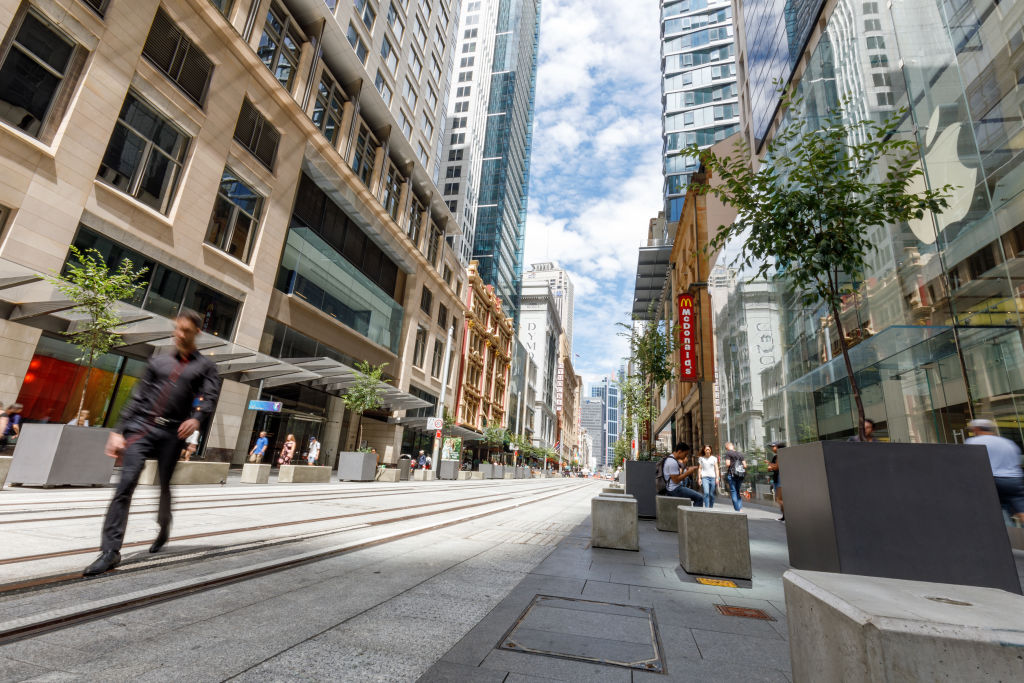
While that has been a challenge for city retailers, it is also part of the changing landscape, making our CBDs more special. Henderson notes a shift to luxury retail, with new and innovative offshore brands not typically found outside the CBD.
“Despite the cost of living impacts, Australia has quite a wealthy population with one of the highest spending per capita rates globally, as well as attracting a lot of high-net-worth tourists from Asia,” adds Henderson. “People come to the CBD for these luxury and unique retailers and more of an experience and a destination – you’re coming into the CBD for a memorable experience, where you might also visit the newest and trendiest restaurant or cafe. It’s place-making elevated to a new level.”
Moonen notes that public transport patronage in Australian cities is generally lower than in other comparable downtown districts, a phenomenon that many attribute to a lack of options. But even that is changing. If the CBD is now a destination, the 2024 opening of the Sydney Metro makes the journey part of the experience. “That’s been hugely successful,” says Henderson, whose team analyses public-transport data.
“The week the Metro opened, there was about a 9 per cent increase in foot traffic that week, but it wasn’t just that everyone tried it and that was it – it became a sustained new level of foot traffic in the CBD. Commute times have come down significantly for many people, so they’re coming into the office more. Building greater infrastructure for our CBDs is important, and this has been a great initiative.”
A smart policy change can encourage people to utilise what’s already available. “Brisbane did a six-month trial of 50-cent fares on public transport, which was successful. Patronage increased by 11 per cent from the introduction of reduced fares, so they made it permanent,” says Henderson. “The aim was to ease congestion in the CBD and create a better environment and also help people with the cost of coming in.” Others offer sweeteners to boost the mix of CBD tenants.
“The City of Perth offered Business Relocation Grants to help with their costs, to create more vibrancy within the CBD and support retailers and hospitality businesses, and that’s been hugely successful,” says Henderson.
In what seems like a never-ending working bee, Moonen sees a lot more attention being paid to ground floors and the spaces between buildings. “It’s more of a ‘whole place’ approach,” he says.
“Commercial office investors are thinking about how the whole area can be improved and there’s more collaboration. There are improvement districts where businesses co-invest to make a whole area operate more successfully, or a consortia of landowners or developers thinking about how they can work together for mutual benefit.”
Moonen believes that the success of Australian CBDs requires “embracing the long-term vision of the city that captures what’s unique about the CBD” and that we all have a role to play to bring that to life.
“It’s not the responsibility of one entity – it’s not about the city government or the state department of X, Y and Z or the major corporate investor or owner occupier,” he says.
“It’s developing a team approach to how the CBD is reimagined, promoted, celebrated and activated. In every great city in the world, it’s a joint effort – it’s not a blame game, it is a collaboration. Whatever the specifics of the outcomes, that to me is the secret.”
We recommend
We thought you might like
States
Capital Cities
Capital Cities - Rentals
Popular Areas
Allhomes
More

